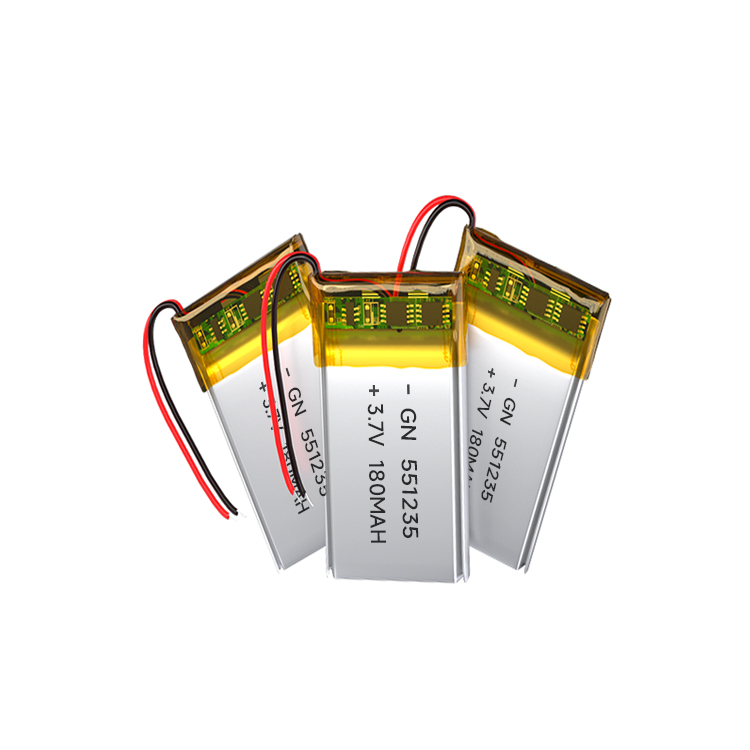

The nickel-metal hydride battery technical training materials provided by electronic enthusiasts for you: Nickel hydride battery principles, Nickel hydride battery technical training materials: Nickel hydride battery principles The positive active material of nickel-hydrogen batteries is nickel hydroxide (called nickel oxide electrode), and the negative active material The substance is a metal oxide, also called a hydrogen storage alloy (the electrode is called a hydrogen storage alloy)
Nickel-metal hydride battery technical training materials: Principles of nickel-metal hydride batteries
The positive active material of the nickel-hydrogen battery is nickel hydroxide (called nickel oxide electrode), the negative active material is metal oxide, also called hydrogen storage alloy (the electrode is called hydrogen storage electrode), and the electrolyte is 6N potassium hydroxide. During battery charging and discharging The battery reaction during the process is:
Among them, M represents hydrogen storage alloy material.
The open circuit voltage of the battery is: 1.2V~1.3V, which varies due to different hydrogen storage materials and preparation processes.
When overcharging, the reaction on the two poles is:
On the nickel oxide electrode: 4OH`-4e-2H2O+O2
On the hydrogen storage electrode; 2H2O+O2+4e—4OH`
Overall reaction when the battery is overcharged: O
In the design of batteries, the method of using an excessive amount of negative electrode is generally used. When the nickel oxide electrode is fully charged, oxygen is generated, which is recombined into water at the negative electrode through diffusion. In this way, the internal pressure of the battery is kept constant and the concentration of the electrolyte is kept constant. Giant changes occur.
When the battery is over-discharged, the electrode reaction is:
On nickel oxide electrode: 2H2O+2e—H2+2OH`
On the hydrogen storage electrode; H2+2OH`-2e—2H2O
Overall reaction when the battery is over-discharged: O
Although the net result of the total battery reaction is zero when over-discharged, polarity reversal will occur. Since the hydrogen produced on the positive electrode will be recombined on the negative electrode, the stability of the system is also maintained. In addition, the negative active material hydrogen can be adsorbed into the dry hydrogen storage alloy in the hydrogen atomic state at a relatively high density. On such an electrode, the hydrogen absorption and release reaction can proceed smoothly, and the discharge performance is improved compared to cadmium-nickel batteries.

Popular recommendation
AG8 battery.18650 lithium ion battery winding process precautions
2023-10-09Ni-MH battery pack.Introduction to vacuum distillation recovery technology of scrap nickel-cadmium b
2023-10-09AG10 battery.Zinc-manganese dry battery charger circuit
2023-10-09CR2016 battery.New breakthrough in fuel cell research and development, Japanese car companies prefer
2023-10-08802540 polymer battery.Let’s take a look at several technical points related to cylindrical batterie
2023-10-08AG9 battery.What are the disadvantages of 18650 lithium-ion battery technology?
2023-10-09lithium ion battery cells 18650.Volkswagen will also hold a "Battery Day" and may release
2023-10-14Which raw materials are mainly used for lithium battery production
2022-11-10AA NiMH battery.Alkaline fuel cell technology analysis
2023-10-096F22 battery.Scientists recently developed a micro-battery that charges mobile phones in 1 second
2023-10-08LR44 battery.ltc6802 Chinese information_Pin diagram_Internal structure diagram and application circ
2023-10-08AG13 battery!Siemens sets up energy storage battery research center to cooperate with Tianmu Lake Re
2023-10-08